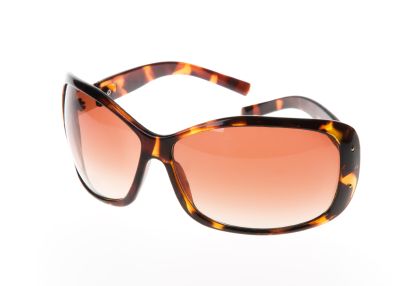
Color vision deficiency or, as it is more commonly known, color blindness, occurs when you are unable to perceive a wide spectrum of colors that the eye should be able to see. Color blindness can affect people at a variety of different levels, some may just only be unable to discern shades of red and green while others might see the world only in shades of grey. The most common color blindness affliction is the inability to discern shades of red and green, but a small percentage of people who suffer from color blindness will only see the world in black and white.
In most cases color blindness is inherited and passed down through the generations, but there are some instances where color blindness can be caused by injury or disease or other possible circumstances. Unfortunately, those who inherited their color blindness from a relative will most likely have to deal with the symptoms of color blindness their entire life.
If the optic nerve or retina is damaged in some way, it could cause you to develop some level of color blindness. Diseases such as diabetes, glaucoma, Alzheimer’s disease, Parkinson’s disease, age-related macular degeneration and multiple sclerosis have been known to cause symptoms of color blindness. If you have injured your eye or have one of the aforementioned diseases, it is important that you consult your eye doctor about your vision to ensure everything is working properly.
Some prescription medications have been known in rare cases to cause symptoms of color blindness as well. Medications used to treat heart disease, high blood pressure, depression and other psychological problems have been known to occasionally cause issues with color blindness.
Genetically speaking those who are at the highest risk of developing color blindness are white males. In fact, 8 percent of all white males will struggle with color deficiency at some point in their lifetime, while only 0.5 percent of women will have to deal with color blindness.
If you believe you are having difficulty discerning different tints and shades of color, then it is recommending that you call your eye doctor and set up a regular comprehensive eye exam.









.jpg)







